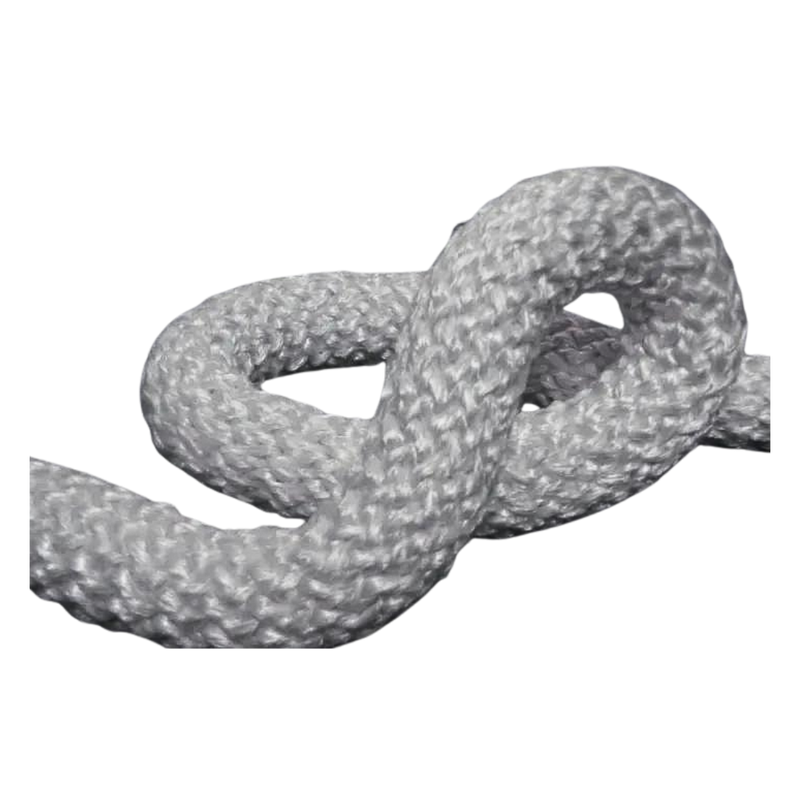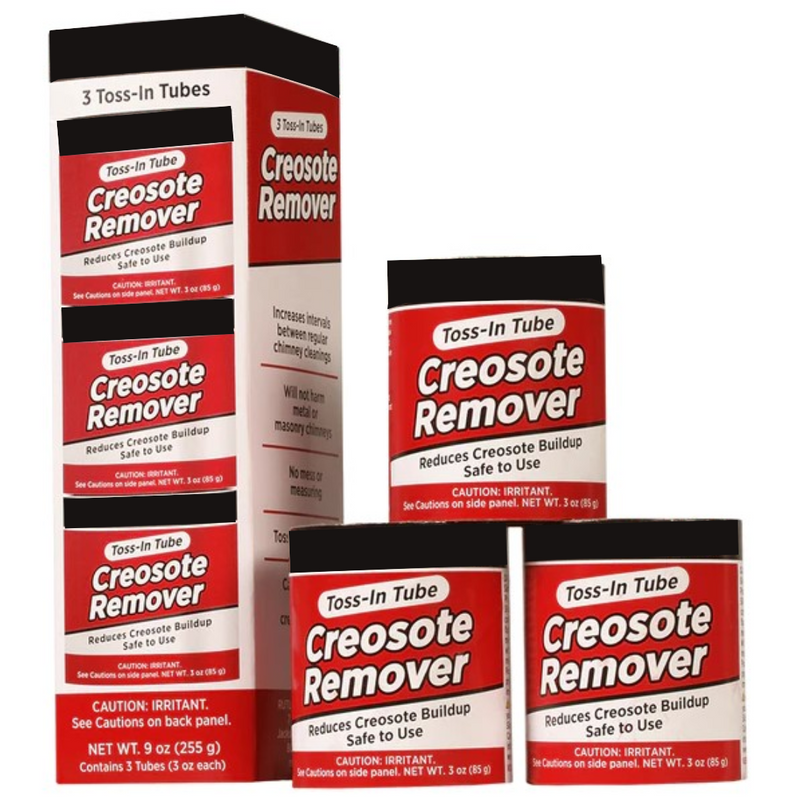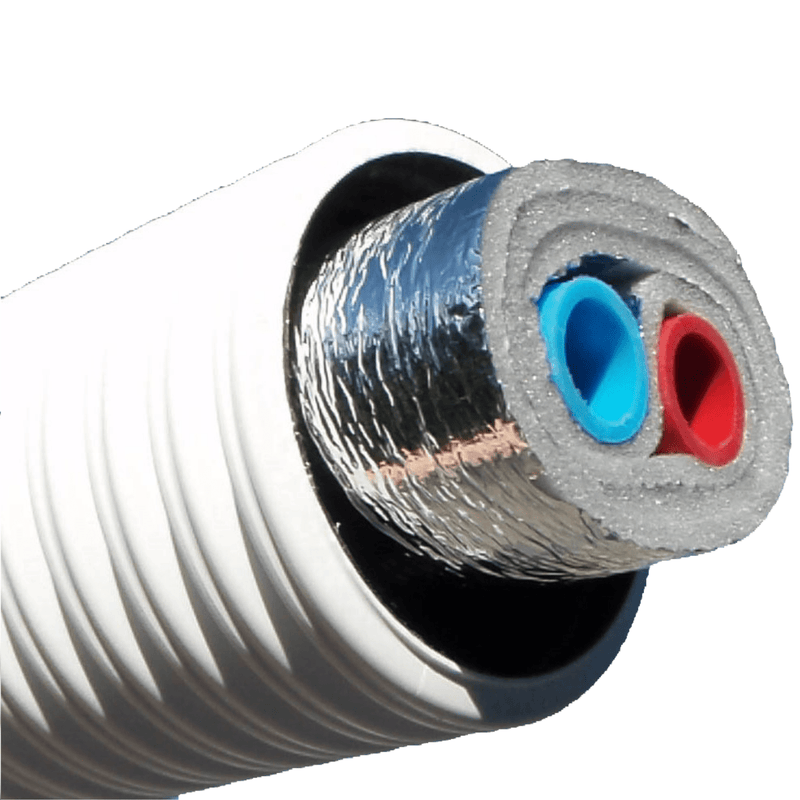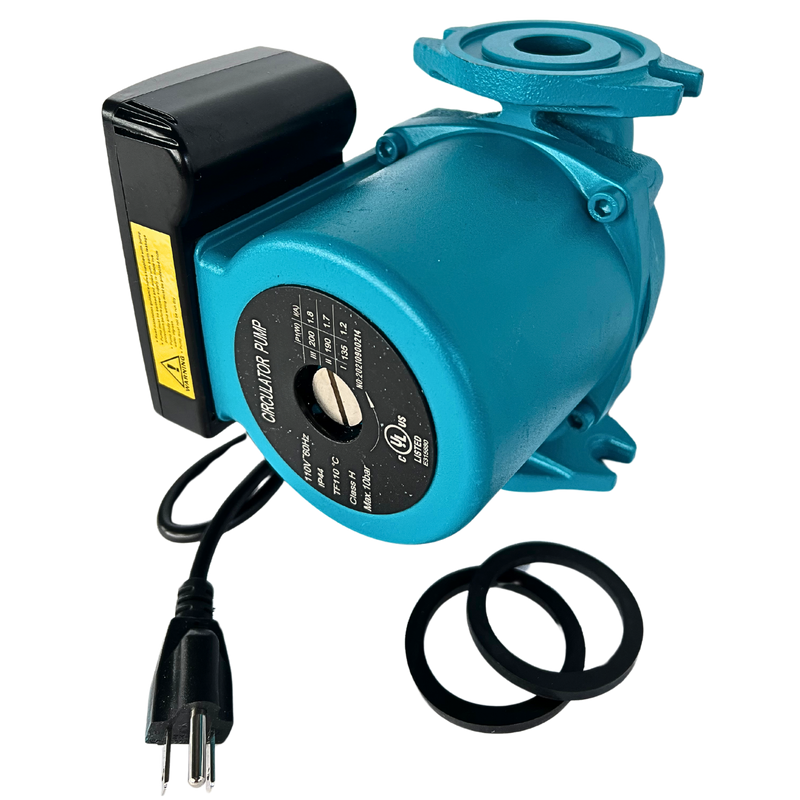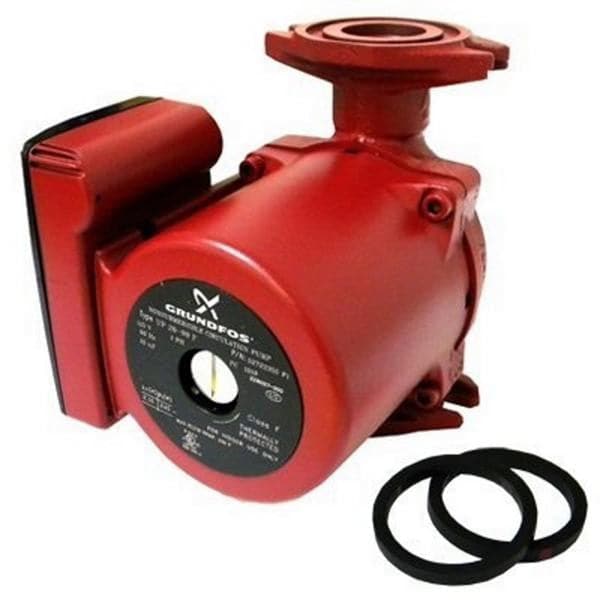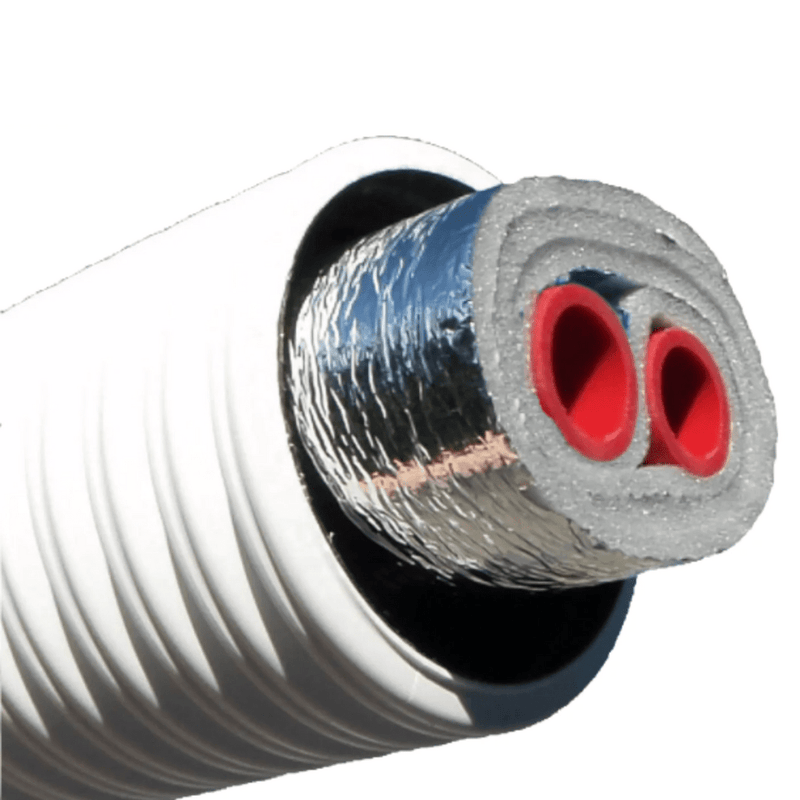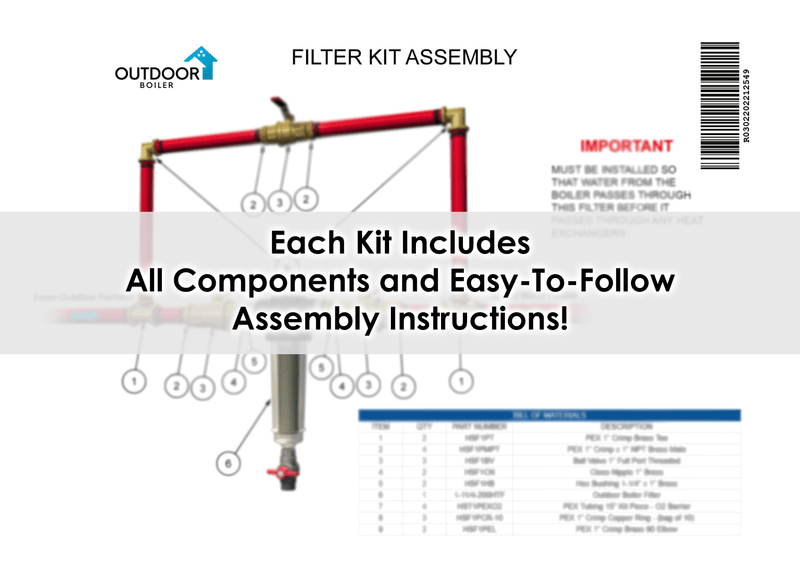Outdoor Furnace Issues: My Home Is Not Getting Warm Enough
Why Is My Home Not Getting Warm Enough?
This is an infrequently-asked question from an owner of an outdoor boiler, but it does happen so we want to address the common causes of this unusual scenario.
Why would your outdoor boiler not provide sufficient heat for your home? Let’s assume that the electronics are functioning and that there is power to the pump, blower fan, and solenoids, and that the high limit switch has not been tripped. Let’s also assume that you have proper airflow in your boiler, and when you close the door to your furnace, the fire doesn’t go out.
Those failures are the subject of other articles. What we are addressing here is when all those things are working properly, and the furnace is always heating up to the proper temp (180 degrees), but there is just not enough heat getting to the house.
We will also assume that your outdoor boiler is properly sized – it is not too small to provide the needed heat. In fact, in most cases, the outdoor wood burning boiler provided the necessary heat for several years, but now it mysteriously is not providing enough heat. Here is a quick list of possible causes:
1. Pump is starting to fail
2. A Filter Kit was never installed
3. The Filter Cartridge was not replaced after 5 years
4. Heat exchanger getting plugged
5. Failed underground pipe (leaking water causing heat loss)
I’ll address these items individually:
The pump is starting to fail
This one is simple to understand and diagnose. If your pump is starting to fail, remember that it can die a slow death; pumps will sometimes fail slowly and start to circulate less and less water. This will reduce the heat provided to your home. You will burn less wood, but your home will be harder and harder to heat, and it will seem that your indoor forced air furnace (if you have one) runs all the time.
This can be diagnosed by observing the flow of water in your filter after the cartridge is cleaned. Is the flow strong or weak? You can also detect this by simply touching the supply and return lines – the supply line should be 180 degrees and you cannot keep your hand on it (too hot), but the return line will be very cool. Water that is flowing very slowly will experience a drastic drop in temp going through your heat exchanger.
The solution is to replace the pump – soon! Because you may only have a few hours of pump life left.
No Filter Kit
If a Filter Kit was never installed, then your entire system is at risk. All outdoor wood boilers are open to the atmosphere and therefore are susceptible to sediment damage. Sediment is the “Secret Killer” of outdoor boiler systems.
Approximately 98 percent of our customers have the Filter Kit installed, but those who don’t end up calling us after 3-5 years and need to replace their pumps and heat exchangers because sediment will kill the pump, and build up in the heat exchangers causing them to become restricted and fail.
If you do not have a Filter Kit installed, the solution is simple – just install a Filter Kit. It takes less than 30 minutes. Once the Filter Kit is installed, it is like getting a new kidney – the sediment will get cleaned out of the system, and you may not have to replace the heat exchanger.
Filter Cartridge Not Replaced Every 5 Years?
The stainless steel reusable filter cartridge is good for 5 years only. After 5 years of use, it can leak around the edges, and the 200-micron filtration capability is lost. You may think that it continues to filter properly, but you cannot see how much sediment is passing through.
Solution? Simply replace the filter cartridge every five years. Cartridges are available HERE.
Heat Exchanger Plugged
If installing a Filter Kit or replacing the filter cartridge does not improve flow rates, then your heat exchanger will need to be replaced. Again, this can be diagnosed by observing flow through the filter casing after the filter is cleaned. If there is no high flow of water (8-12 GPM), then the heat exchanger may have too much blockage to come back to life.
If you must replace the heat exchanger, remember that if you don’t install a Filter Kit, you will have to replace your heat exchanger again in a few years, so make sure to install a Filter Kit.
Failed Underground Pipe
If your underground pipe is losing too much heat between the furnace and the house, then your underground pipe has failed and must be replaced. I had this experience at my home – I decided to attempt to use a cheap black underground pipe and of course, it filled with water, and the wood I was putting into my boiler was heating the earth between my boiler and my home – there was a green patch of grass directly over the path of the underground pipe!
A cheap black underground pipe is made with “drain tile” which is not manufactured to be waterproof. It has pinhole leaks throughout – this is ok for drain tile, but NOT ok for the underground pipe. STAY AWAY FROM BLACK UNDERGROUND PIPE. It will leak, it will fill with water, and that water will suck much of the heat out of your underground insulated pipe.
This reminds me of a story from my boy scout days. We learned how to scuba dive and the importance of a wet suit to maintain body heat. We learned that even if we are scuba diving in the warm Caribbean ocean, if the water is 85 degrees, it will still suck the heat out of your body in just a few minutes and you will get hypothermia.
This is because water will cause heat loss much faster than air. The same applies to your underground pipe – if it is surrounded by water, you will lose most of the heat from your boiler (the BTUs) before the heat can get to your house.
To diagnose this situation, follow the simple instructions in this article: “How to Test Your Underground Pipe For Heat Loss”.
The solution? If your underground pipe is leaking, there is no alternative but to replace it. We have our very own Underground Insulated PEX Pipe Heat Mizer brand, you can check that HERE.
Back to my story – after I installed the cheap stuff at my home, by the second Winter, I was losing so much heat underground, that I burned through my entire wood pile by the middle of February! But I had a nice patch of grass growing between my outdoor wood furnace and my home…
Conclusion
As always, our goal here at OutdoorBoiler.com is to help you maximize your savings with your outdoor wood stove. Let us help you with any customized circumstances – just contact us and explain your situation and we will help you. We have never been unable to solve an outdoor wood burner problem!















